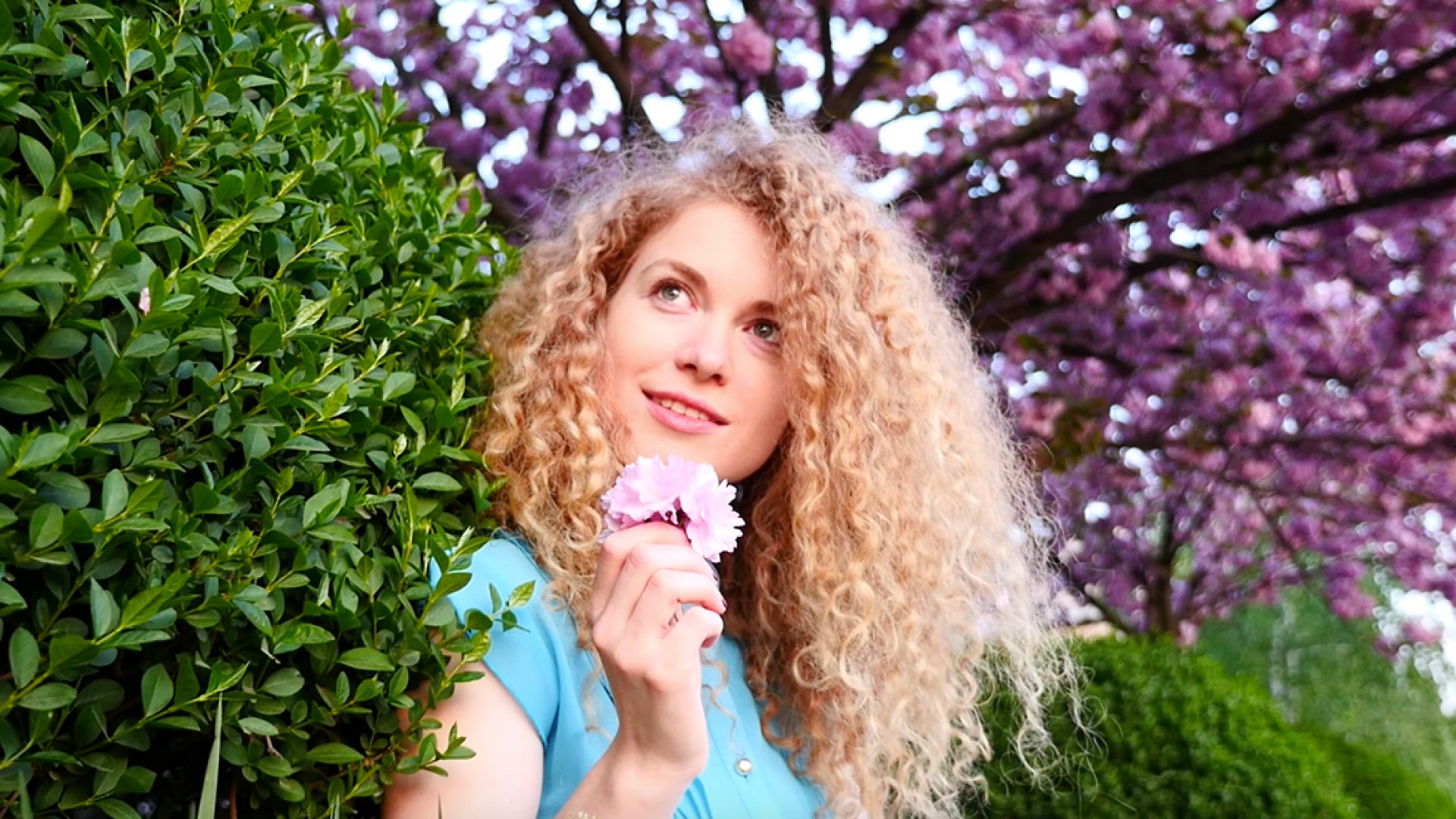The great American author and philosopher Henry David Thoreau once asked, “What is the use of a house, if you don’t have a decent planet to put it on?” Of course, he asked that question some time in the mid 1800s, so he probably wasn’t thinking about adding solar panels to his roof. Nonetheless, it’s a question that still resonates today as so many citizens of our planet are looking for new ways to green up their homes and their lifestyles.
But as highlighted in this article, conflicting information about what constitutes a green choice can leave many people stalled with indecision. For those who are having trouble sorting through it all, Bankrate outlines 10 green myths, along with some real information, to make it easier.
When it comes to selecting greener choices, sometimes it’s difficult to separate fact from fiction. Depending on whom you believe, a more eco-friendly lifestyle can either seem exciting, empowering and financially enriching – or depressing, deprived and expensive.
One of your biggest weapons in the green movement is your own wallet. Recent numbers demonstrate that a few smarter buying decisions translate to big changes in the planet. One that’s fairly easy: When you buy household paper goods (like paper towels, napkins, toilet paper and copy paper), look for products that use high percentages of recycled or post-consumer waste.
While some greener options (like some organic products) do cost more, others (like turning out lights, using water-saving faucets and keeping the thermostat at a reasonable temperature) are money-smart strategies, too.
There’s never just one “right” answer to an eco-dilemma. The paper or plastic debate is the best example of this. Not even the experts can agree which is a more eco-friendly way to carry home groceries. The better answer, of course, is neither: Bring your own cloth bags to the store.




